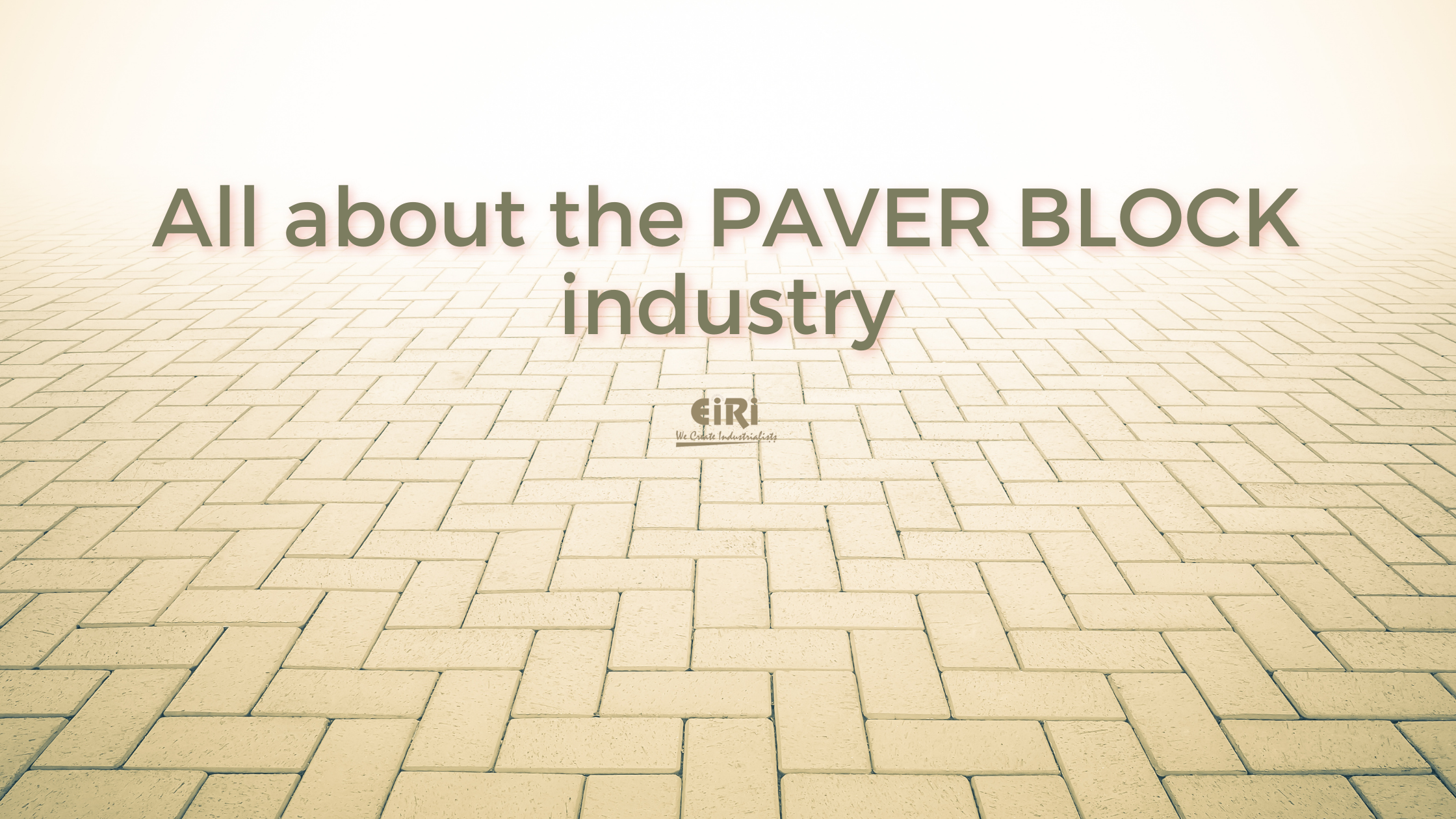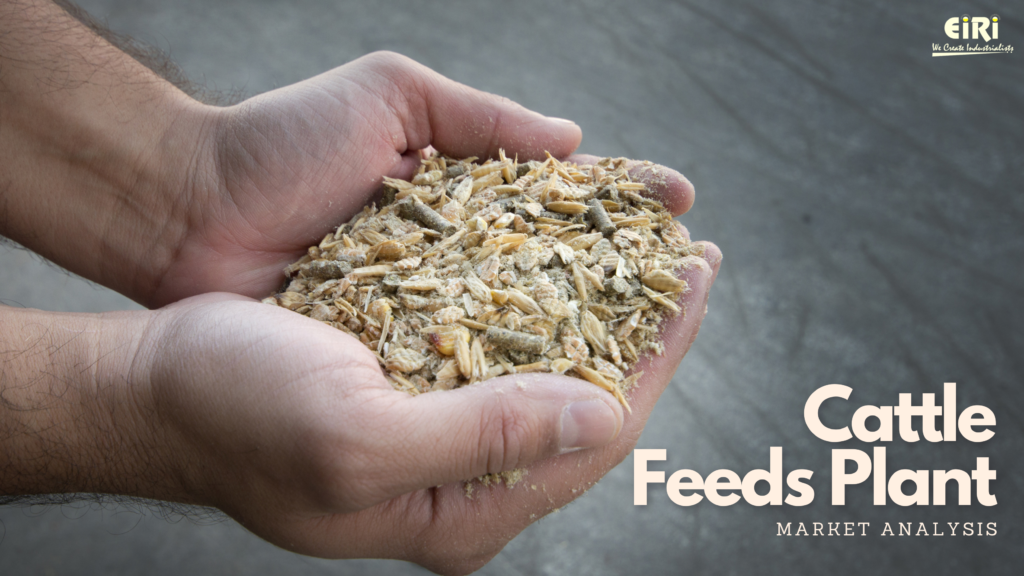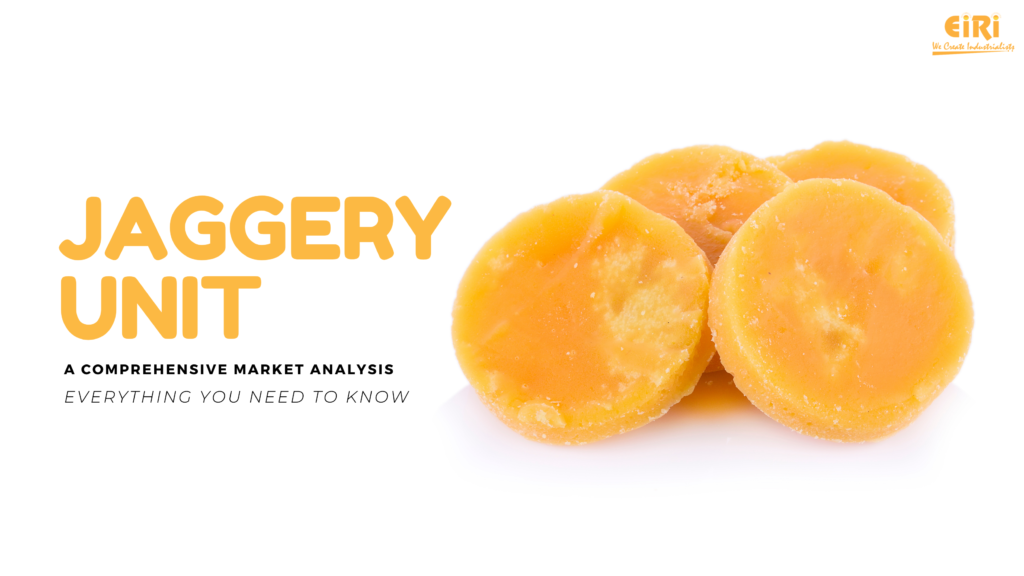Paver Block Market – Everything You Need to Know Going Forward
Introduction
The paver block market is one of the fastest-growing segments in the paving industry, and it has been doing maintaining that status for over a decade. The growth in this segment is due to its increasing popularity among homeowners as well as contractors. It is also gaining traction because it provides an aesthetically pleasing finish on driveways and walkways.
Market Scope and Potential
The best part about the paver block market is that it serves a variety of sectors, and as such, paves the way for tapping into numerous applicable segments (including residential and industrial).
Usually, paver blocks are made from concrete that is poured into forms. These blocks can be used to create any type of surface, including brick pavers, flagstone pavers, stamped concrete, etc. For that reason, they are available in various sizes and shapes, and they have different textures to them. There are many types of pavers available such as:
- Brick pavers – Brick pavers are usually rectangular or square-shaped with smooth surfaces. They are often used to pave sidewalks, patios, entryways, and driveways.
- Flagstone pavers – Flagstone pavers are flat stones that are set in mortar. They are generally larger than traditional bricks and can be used to pave pathways, driveways, steps, and walkways. F
- Kerbstone pavers – Kerbstones are similar to flagstone pavers, but they are smaller and more compact. They are typically used to pave parking lots and other outdoor areas.
- Stamped concrete pavers – Stamped concrete pavers are usually rectangular in shape and feature a textured surface. They are commonly used to pave parking lots, driveways, walkways, and patio floors.
Paver Block Retail Pricing – A Gamut of Opportunities
The prices of concrete paver blocks could vary significantly based on their shapes, sizes, and applications. For instance, a conventional hexagonal paving block could cost INR 30 per sq ft. At the same time, an outdoor cement block of thickness 25mm could be retailed at INR 30 per sq ft. With thicknesses in excess of 40mm, Kerbstone blocks are always in demand for outdoor floors in institutional spaces and cost more than INR 130 per sq ft. Hence, there’s a wide range of opportunities for retailers in this market.
Market Dynamics
The global paver block market has been witnessing steady growth over the past few years. This growth can be attributed to the growing demand for hollow concrete blocks — a market that is estimated to constitute a value of $602 billion by 2027. That’s a considerable increase, considering that the market stood at just under $500 billion in 2019. The booming industrial construction sector and home renovation and remodelling projects are the biggest contributing factors to the market surge. The following section elaborates on these factors in more detail.
Key Growth Drivers
The key drivers for the paver block market include the rising construction activities across India, especially in urban cities. This is coupled with the growing number of homeowners who want to beautify their homes with attractive paved drives and walkways.
Furthermore, the government’s focus on developing infrastructure through public-private partnerships (PPPs) is expected to increase the demand for paver blocks. PPPs involve private sector investments in infrastructure projects that the government funds. The government provides land, while the private sector finances, builds, maintains, and operates these facilities.
However, the lack of awareness regarding the benefits of using paver blocks remains a major challenge for the industry. This is because most people still prefer to use natural materials like gravel, sand, and pea stone. This can be resolved on a more granular level, and going by the construction trends in the country, this challenge wouldn’t suffice for long.
What Does the Future Hold?
The paver block market is projected to grow at a CAGR in excess of 4% between 2021 and 2026. In addition, it is also expected to witness significant growth during the forecast period due to increasing construction activity across India. Thus, it wouldn’t be an exaggeration to say that the market will continue its upward trajectory in the coming years.
As per geographical distribution, North America is expected to remain the largest regional market for paver blocks. However, Asia Pacific is expected to register the highest CAGR during the forecast period.
Conclusion
The paver block industry is experiencing tremendous growth owing to several factors such as increasing construction activities, improving living standards, and changing consumer preferences. These factors have led to increased demand for paver blocks from both residential and commercial sectors. Furthermore, the construction sector is expanding rapidly in countries such as China, India, Japan, South Korea, Russia, Brazil, Mexico, Saudi Arabia, and Turkey. India, in particular, is one of the fastest-growing economies in the world; therefore, the country would contribute massively to the overall growth of the paver block market.




